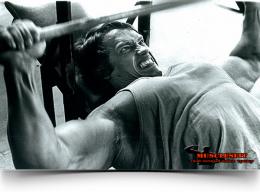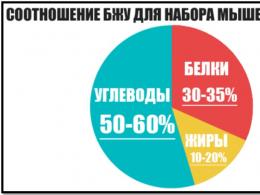How to Increase Your Bench Press: The Champion's Experience
(2
ratings, average: 5,00
out of 5)
In order to rate a post, you must be a registered user of the site.
Today we will talk about how to bench press a lot, namely how to increase the bench press.
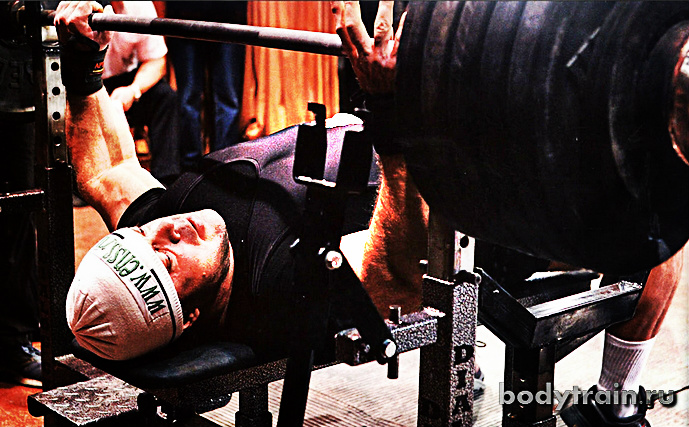
This is a very popular exercise in gyms. In bodybuilding, it helps to comprehensively develop the upper body and show its strength. In powerlifting, the bench press is one of the three competitive movements.
Bench press: how to increase the weight on the bar
Among professional athletes, great results start with 200 kg. Even 150 kg is not taken seriously among powerlifters. However, such a result is difficult to achieve for most ordinary gym visitors.
To understand how to reap more, you should turn to the experience of professionals. And first of all, let's deal with this question: "What is the difference between a bodybuilder and a lifter?".
The bodybuilder works with heavy weight in a multi-rep (for 6-12 reps) character. Alexey Lesukov presses 200 kg for 12 reps. His main task, as a bodybuilder, is muscle hypertrophy, which means that the muscles must be under load for a certain period of time.
The powerlifter bases his training on the fact that in one single repetition to show the maximum result. For comparison, Alexey Lesukov squeezes 240 kg in a one-rep set. (multiple champion of Europe and Russia) also squeezes 200 kg for 10-12 reps, but his result in a one-rep set is 280 kg.
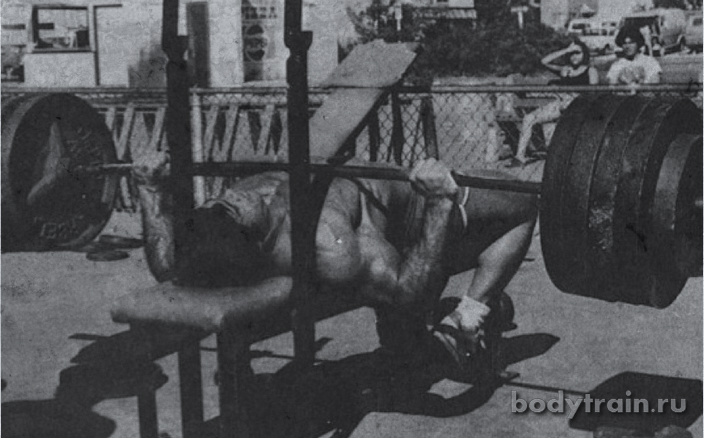
The main difference between the two sports is the training of high-threshold fast muscle fibers.
It is known that our muscles are made up of different types of muscle fibers. Conditionally, you can apply the following division: fast and slow muscle fibers. In order to demonstrate maximum strength, many train fast muscle fibers, forgetting about slow ones.
To get the maximum result, it is necessary to train both fast muscle fibers and slow ones. In addition, training in a high-rep, bodybuilding style (for 6-12 repetitions) does not develop high-threshold fast muscle fibers in any way. They are included in the work when the load is maximum or submaximal (close to maximum).
Only in monstrously large loads (90-100% of the maximum) for 1-2 repetitions, high-threshold fast fibers are included in the work. If you look at the difference in training between powerlifters and bodybuilders, the former pays a lot of attention to training different types of fast muscle fibers.
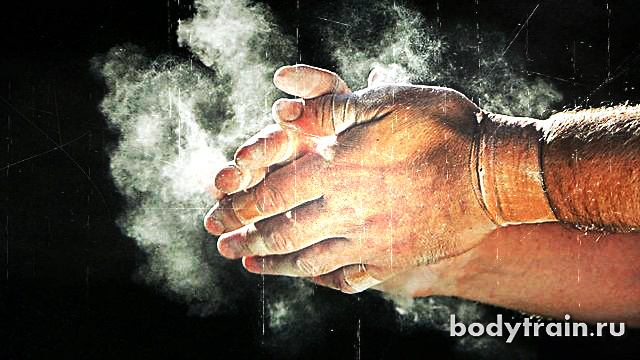
The security forces pay great attention to training with submaximal weights.
Strength athletes train with submaximal weights for low reps and long rest periods between sets. Bodybuilders, on the other hand, use quite a lot of weight, work in a large number of repetitions and have little rest. In such training, high-threshold BMWs are practically not affected. That is why, the strongman is able to show the best results in a single repetition in the bench press, and.
It is enough for a bodybuilder to include training for high-threshold BMWs in his program once every two weeks, and on the amount of muscle that he has, he will be able to bench more than many powerlifters. But this requires special training.
In order to squeeze the maximum weights, it is necessary to include as many functions as possible in the work - both energy, and nervous, and ligamentous apparatus, and the inclusion of slow muscle fibers in the work. It is slow muscle fibers that give a tangible increase in the results of an athlete.
The part will never be stronger than the whole.
How to train everything together for maximum results?
Each type of muscle fiber and muscle function requires different workouts and different recovery times. In order to account for these differences and get the most out of training as many functions as possible, professionals use periodization (load cycling to train the appropriate type of muscle fiber or individual functions).
For example, training high-threshold BMWs with boosts or negatives stretches their recovery period by two weeks or more. At the same time, muscle energy is restored in 2-3 days. What to do? Alternate workouts. What recovers faster needs to be trained more often and more than what recovers more slowly.
It turns out the following training plan - hard workouts that take place less often alternate with light workouts that take place more often. Such microperiodization allows you to effectively develop several muscle functions in one training cycle.
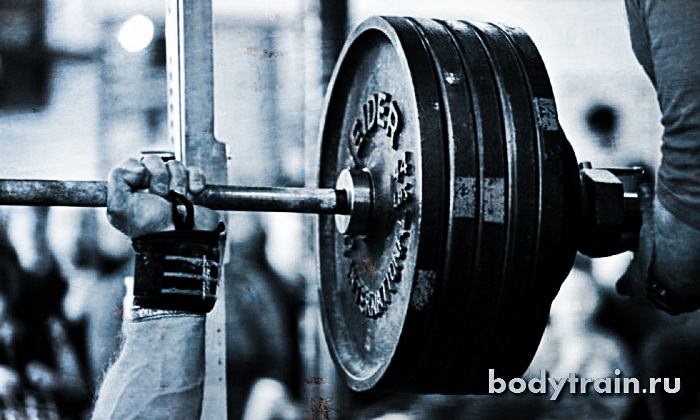
Three types of training should be distinguished - training for the development of MMW (slow partial repetitions), training for the development of BMW (trainings of many bodybuilders) and finally, training aimed at developing high-threshold BMW (high load in a small number of repetitions - boosters, negatives, singles (single repetitions), etc.).
Training slow muscle fibers can give the fastest return. So let's take a closer look at the key points of this workout. The fact is that many ignore this approach to obtaining the maximum result. Vladimir Kravtsov's experience suggests otherwise.
So, it is necessary to comply with several important requirements.
- Movements are performed very slowly to turn off the BMW.
- The amplitude must be partial. This is how we achieve constant tension. The vessels are constricted and the outflow of blood is difficult.
- It is very important to feel the burning and withdrawal within a certain time range of 30-45 seconds.
- Training involves a triple series of approaches with a 30 second pause between them.
This training works and brings a tangible effect after 1-2 sessions. After all, you awaken sleepy slow fibers that do not work at all during bodybuilding-style training.
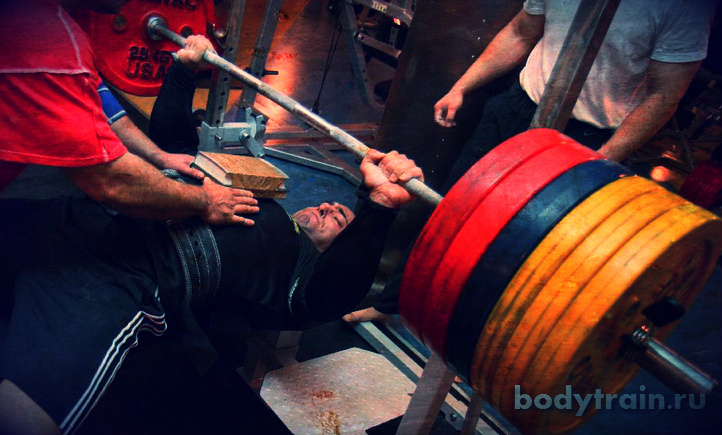
This principle (microcycle) allows you to get both muscle and strength without sacrificing one or the other. A very popular mistake is frequent (and heavy) workouts. Without taking into account the recovery time of various muscle functions, you will accumulate under-recovery, which will eventually result in overtraining, regression, or worse, lead to injury.
Consider recovery times. Rest more if necessary if you feel under-recovered.
How to increase bench press: training program
Microcycle from Vladimir Kravtsov for 14 days.
You don't have to copy the entire program. It is important to understand its main meaning - the alternation of training for different types of muscle fibers with the obligatory consideration of their recovery time. Model the program below for your training plan, taking into account individual characteristics.
In order to achieve maximum results, your workouts should not be linear, but should be different. A cycle may contain one workout for high-threshold BMWs, one or two for BMWs, and two or three for MMWs. The program does not include warm-up approaches.
How Vladimir Kravtsov trains:
Day 1.
Heavy bench press for high-end BMWs
Day 2
Day 3
Day 4
Heavy bench press 2×8-12 for BMW hypertrophy
Superset - Biceps/Triceps 2×8-12
Legs - MMV
Day 5
Day 6
Horizontal or vertical heavy block pull (back) 3-4×8-12
Legs - MMV
Day 7
Day 8
Medium press lying down– 3 sets on MMV
Legs - MMV
Back - MMV
Day 9
Day 10
Day 11
Light Bench Press– 3 sets on MMV
Legs - MMV
Back - MMV
Day 12
Day 13
Day 14
Back to the first day - heavy bench press
Conclusion
The article presents the experience of Vladimir Kravtsov on how to increase the bench press. His many years of experience (especially MMB training) work great for many athletes, and most importantly, they bring real results, in the form of an increase in the weights lifted in the bench press.
Get better and stronger with
Read other blog articles.


